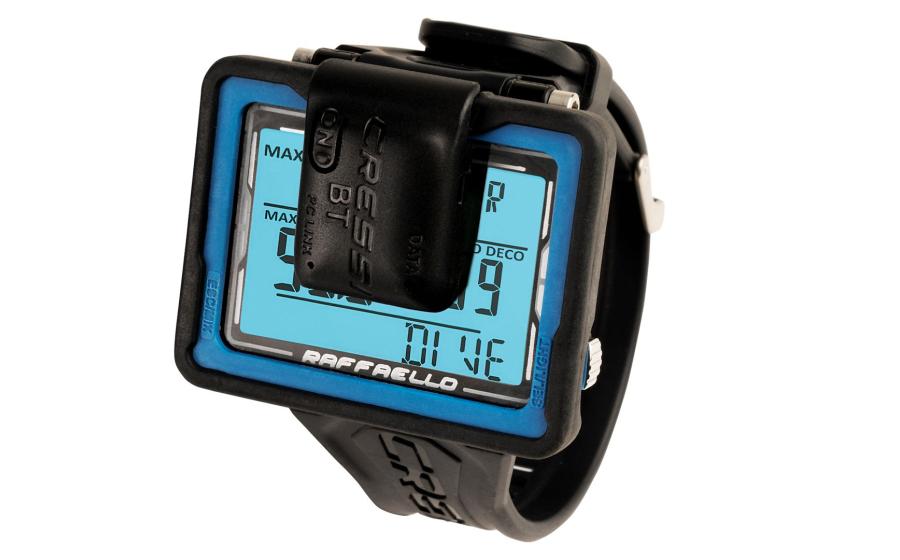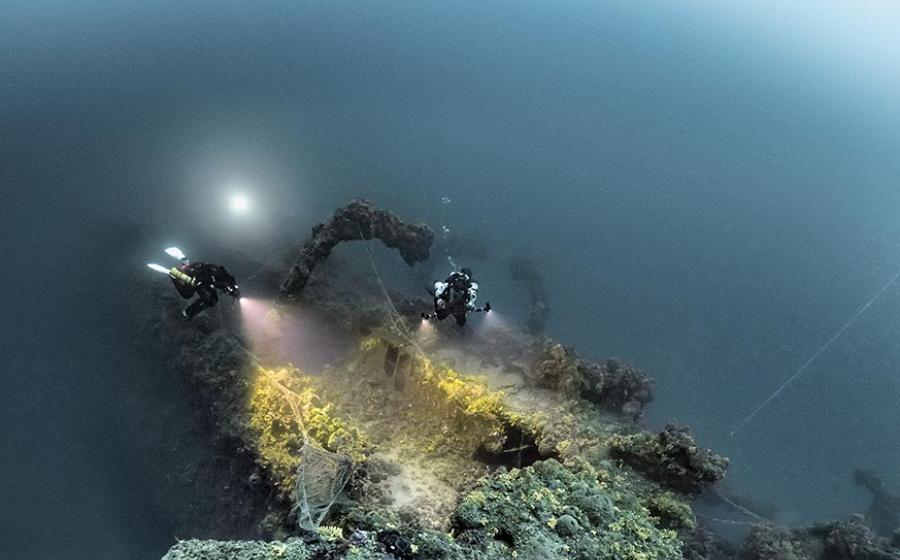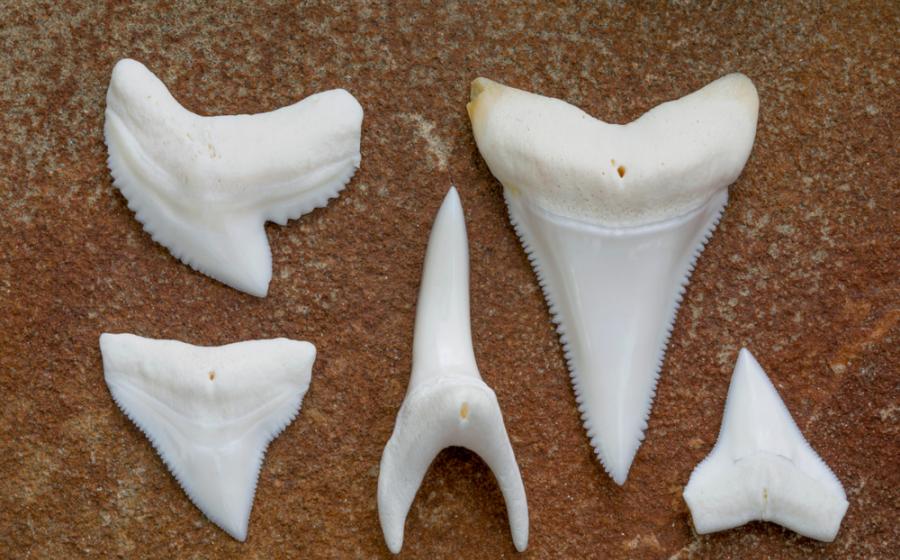In Search of Leafy Sea Dragons

Alex MustardMale seadragons are responsible for carrying fertilized eggs until they hatch.
One of the pleasures of diving is the seemingly inexhaustible supply of firsts. Your first open-water dive leads to your first deep dive, your first nitrox dive, your first cave dive and more. Then, there’s the animal-spotting. Adding to your life list—an accounting of all the creatures you’ve seen—becomes, as the name suggests, a lifelong process since the more you dive, the more you’re bound to see.
Life lists get particularly precious when you get into underwater critters. These species tend to be bizarre, rare and almost guaranteed to impress others. And the more we dive, the more particular our goals become. We might still marvel at the presence of any shrimp, seahorse or frogfish, but now we specifically want to see harlequin shrimp, pygmy seahorses and hairy frogfish. Have you seen a blue-ring octopus yet? What about a boxer crab waving stinging anemones in its claws? Whatever you have seen, there always seems to be something stranger, rarer and cooler waiting to be discovered.
At the top of my list sits the leafy seadragon. Leafies are unquestionably one of the ocean’s most extraordinary creatures. These almost mythical creatures are vanishingly rare and even more scarcely spotted, living secret lives in southern Australia’s cool and rarely visited waters. Their appearance is so curious that it’s hard to believe they are even fish. You can spot the resemblance to a seahorse in their face, but the rest of their body looks more like a Chinese dragon.
Related Reading: 3 Nearshore Habitats to Dive
Its appearance is all about concealment. In my photo, I worked hard to isolate the dragon so you can see it, but underwater they mingle with the weeds and seem to vanish. Their twig-like bodies, with elaborate leafy appendages, make them masters of disguise. They even move with a rocking motion, making them even harder to distinguish from a piece of weed swaying in the swell. This combination is the key to their survival, keeping them safe from predators and hidden from prey. Meanwhile, seadragons feed mainly on small crustaceans, like mysid shrimp, sucking them up individually with their tube-like mouths—the shrimp surely never even see it coming!
Diving with seadragons is very relaxing. Their camouflage makes them confident, and they continue going about their business in the presence of divers. They move slowly but deliberately, forcing you to match their pace. I find that the best way to photograph them is to set up my shot in their path and simply let them swim into the frame. They are not going to run away, so you have plenty of time to watch and plan.
Seadragons usually live as monogamous pairs. Like seahorses, the males carry the fertilized eggs, but despite being Australian animals (and unlike seahorses), they do not have a pouch. Instead, the female deposits her eggs onto the male’s brood patch, a sponge-like area on the underside of the tail that appears during mating season. Most broods have between 100 and 250 eggs, which hatch into baby dragons after four to six weeks. They lack the pelagic larval stage of most marine species, which helps account for their restricted distribution. The babies grow rapidly, reaching around 8 inches in the first year. Adults grow to an average length of 1 foot, but some can reach nearly 2 feet long, tip to tip.
Sadly, like many other specialist animals, the near-threatened leafy seadragon is getting even rarer, thanks to human-made environmental changes and the still-present demand from collectors, despite their protected status. This means future divers may never get to add the leafy seadragon to their life list. But while this extraordinary animal is still out there, hope remains, and its presence makes the ocean a more magical place.
Related Reading: How to Photograph Nudibranchs










